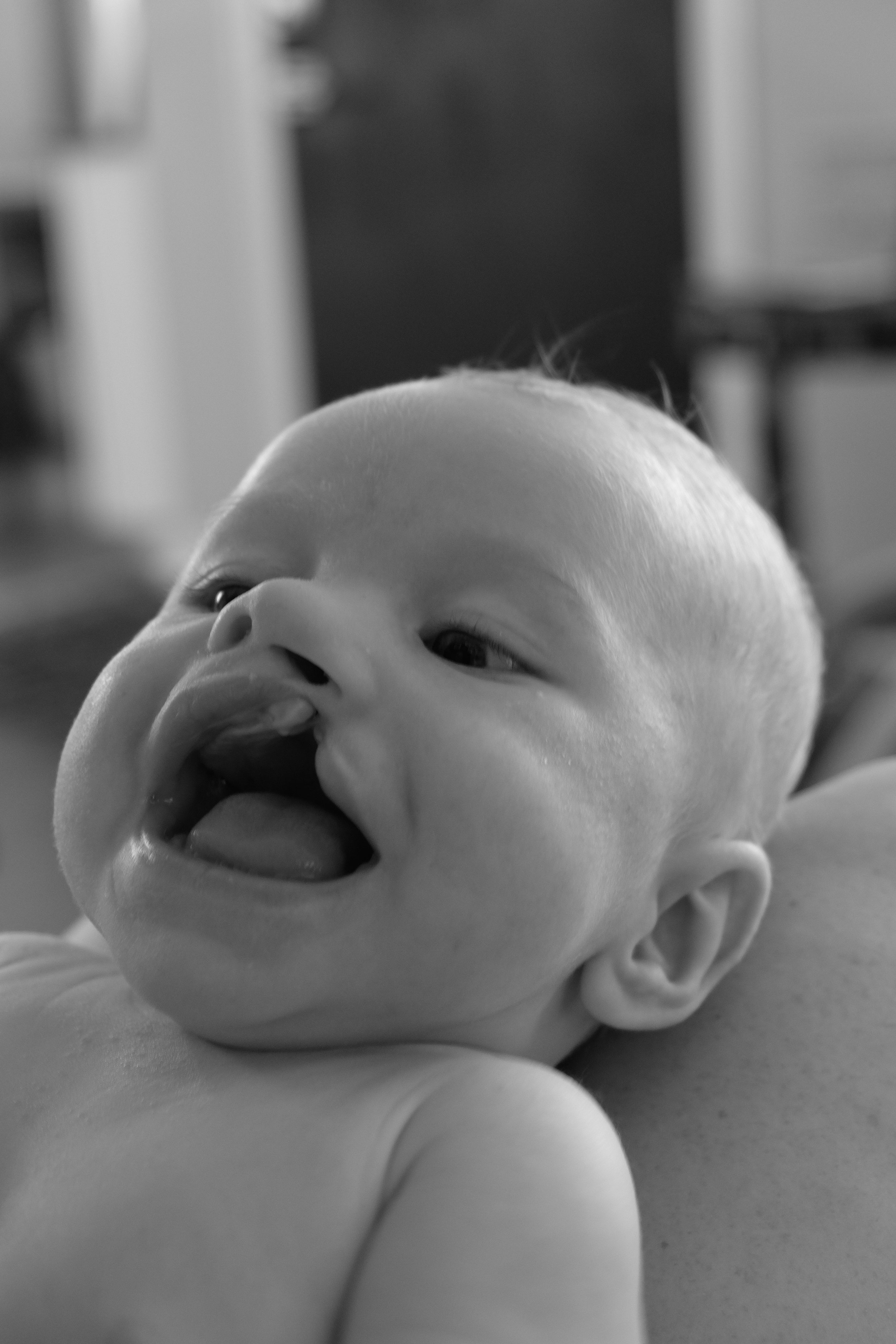The Beautiful Cleft: Anticipating Surgery
When I encountered other babies during my pregnancy, I stared at their mouths. Specifically, I stared at their lips and the space above them. Their perfect, smooth, lips. I’d tear up seeing that perfect dip in the middle. Would I feel the loss of such perfection when I look at my baby? I’d think to myself.
These moments happened often during half my pregnancy after I found out my kiddo would be born with a cleft lip. The initial pain and shock was mixed given that the birth difference could have also been related to other chromosomal abnormalities. But once those were ruled out, it was a matter of the physical “imperfection” that remained in the back of my mind. The first weeks were most painful. They were full of loss and a kind of inexplicable grief that felt both deep and shallow. There are so many worse things that could happen. I would think. Am I shallow for concentrating on my baby’s appearance? Yet I still hurt.
Other parents assured me that those conflicting thoughts were both normal and real. I was validated in the grief. I was also assured that all of that sadness would pass. Not only would it pass, but the cleft would be so much a part of my baby that I almost won’t want the cleft to go away.
When another mom told me that she wasn’t ready for her little boy’s cleft to be fixed when the surgery came, I could kind of see her point. I didn’t think that would be me. The “imperfection” was so resonant for me throughout my pregnancy that I thought I’d want it gone right away. Let’s get this behind us and move on.
Then Finch arrived. I’m not sure if it was an immediate flood of love that washed all those doubts away immediately, but not once did I look at my beautiful, perfect baby and think, he’s perfect in spite of that cleft. He was perfect to me because of the cleft. It was as much a part of him as his sparkling eyes and his chubby cheeks. And that’s why with only three more weeks until Finch’s surgery, my heart sinks when I think of his cleft being gone. I’m holding back tears in the coffee shop in which I sit just writing about it.
As Finch’s personality has become more defined, so has his cleft. He is an extroverted, smiley baby whose mouth – aided by the extra space the cleft provides – spreads from cheek to cheek. The gap makes him that much more charismatic and beautiful. At least I think so. I am his mother after all.
I get varying degrees of stares and questions when people see Finch’s cleft or his NAM, which makes the cleft look vaguely medical. I don’t mind any of that. I’m happy to talk about it. I assure people the NAM doesn’t hurt him (although it does annoy him from time to time) and I nod when they say “at least it’s fixable.” Yes, at least it’s fixable. But that term feels off from how I now see the cleft. It’s not something wrong or off. It’s a part of him. Why would you want to fix something that’s already perfect?
Back when I stared at those other baby’s lips, I wouldn’t have known what a cleft would mean when I fully became a mother. I was a mother when I was pregnant, of course. But that role felt abstract when that human was still inside of me. All of that changed that first moment I held my baby.
I don’t know how Finch will feel about his cleft when he’s older. I doubt he’ll have the same attachment to it that I do. But I hope he doesn’t feel ashamed or repelled by it. I hope he sees his cleft as much a positive part of him as his amazing personality.
I love this baby more than anything and with it I love his cleft. And while we anticipate his surgery I’m going to get my fill of all those cleftie smiles. Because honestly, there’s nothing like a wide, cleftie, smile. Finch does, indeed, have the widest smile.




